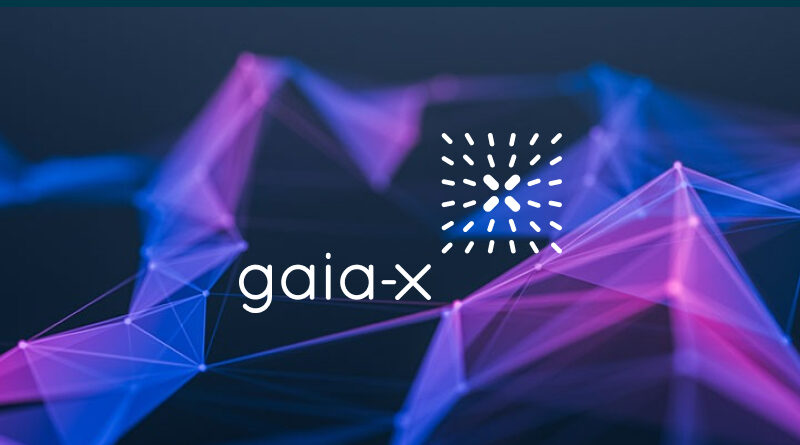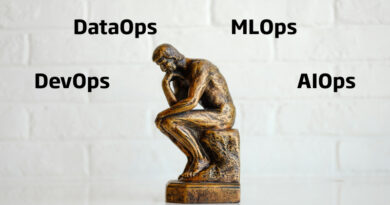What is Gaia-X?
Gaia-X is an initiative where companies, government agencies and scientists from Europe and other parts of the world, are working to create a secure and federated infrastructure to share data.
The main goal is that data owners can decide about their data, what is done with them and where they are stored. In other words, it pursues sovereignty over data. To meet these objectives, Gaia-X defines an architecture where all the main elements of the Gaia-X standard are defined.
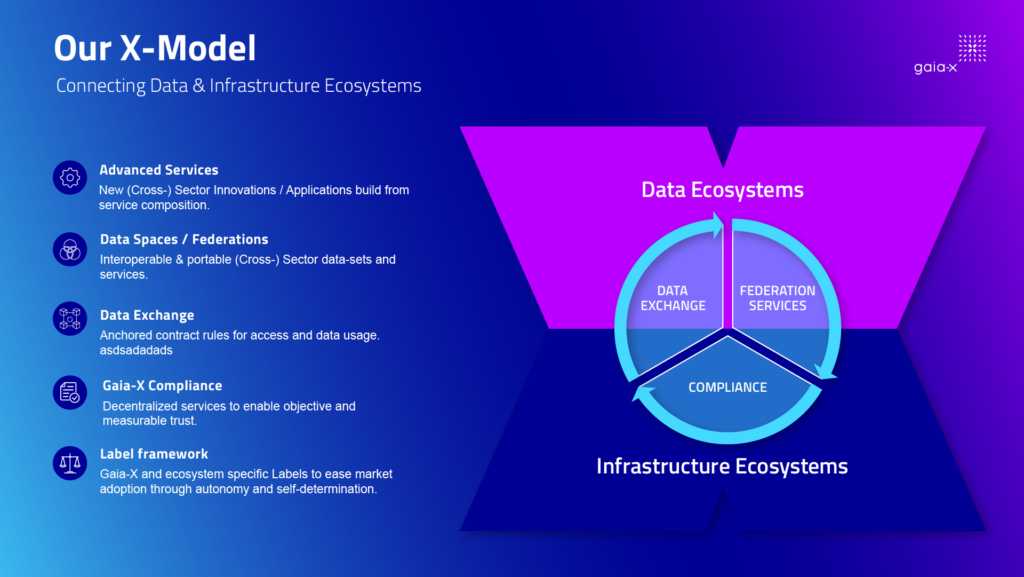
What is pursued, therefore, is not to define how the different platforms should be created, but instead what these must comply with so that they can operate together in a federated manner.
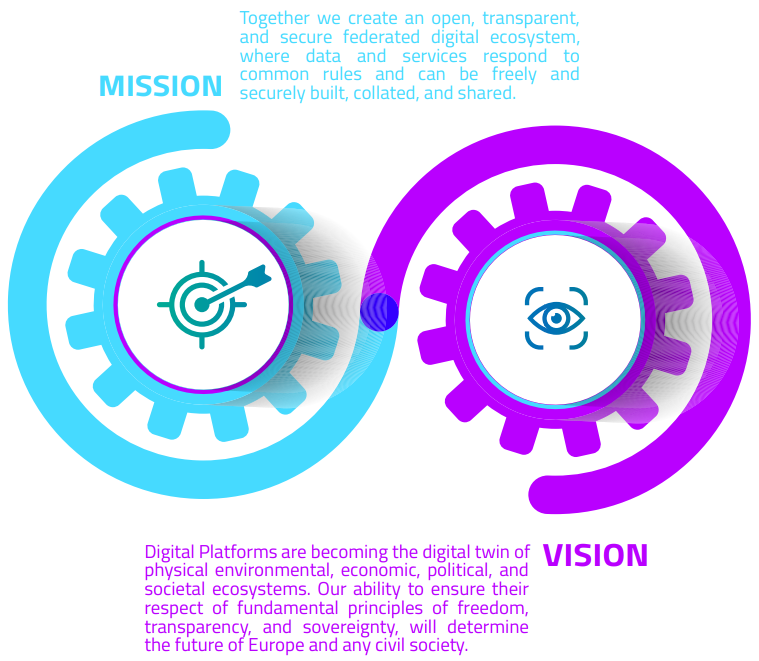
Organization
Gaia-X is organized around several main pillars:
- The Gaia-X Association: whose objective is to define the standards and to support the Open Source community that governs the software projects that support Gaia-X, such as the reference implementations of the standards.
- The National Gaia-X Hubs: which are the contact points in each country for companies, associations and public bodies to contribute to the Gaia-X project. The objective of each Hub is to harmonize the different initiatives of each country with Gaia-X. At the same time, the Hubs collaborate with each other to define requirements and to identify legislative barriers specific to each country. The constituent assembly of the Spanish hub took place on 03-18-2022.
- The Gaia-X Community: which includes everyone involved in Gaia-X: Users and providers who collaborate through different events. Community members can share their knowledge and experience in Working Groups. The Working Groups are led by members of the community, outside the Gaia-X Association. The Technical Committee oversees the contributions of the Working Groups to guarantee the correct integration of the works within the technical development of Gaia-X.
- The Vertical Ecosystems: which are responsible for the creation of Data Spaces and projects. Data Spaces are a central element of Gaia-X. Data Spaces establish high-level standards and guidelines to facilitate the exchange of data within the scope of one or more Vertical Ecosystems. Data interoperability is established at the data exchange level and not at the source nor at storage specifications.
- The Lighthouse Projects: which are projects whose purpose is to help create the necessary infrastructure for Gaia-X to meet its objectives.
Gaia-X Framework
The aim of Gaia-X Framework is to transition from infrastructure and data silos to a context of portable, interoperable and reusable data and services.
The exchange of data is regulated by the negotiation of contracts between those involved from the infrastructure itself.
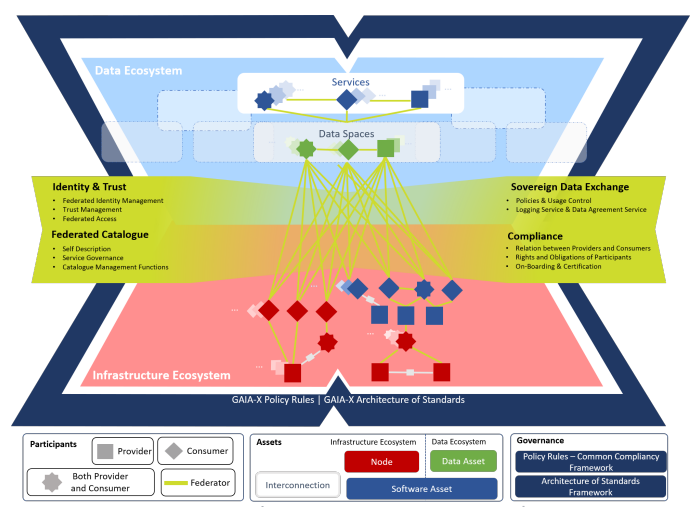
Gaia-X is in charge of creating and maintaining the specifications and services that make this Gaia-X Framework possible. Details of the specifications can be found on the Gaia-X publications page.
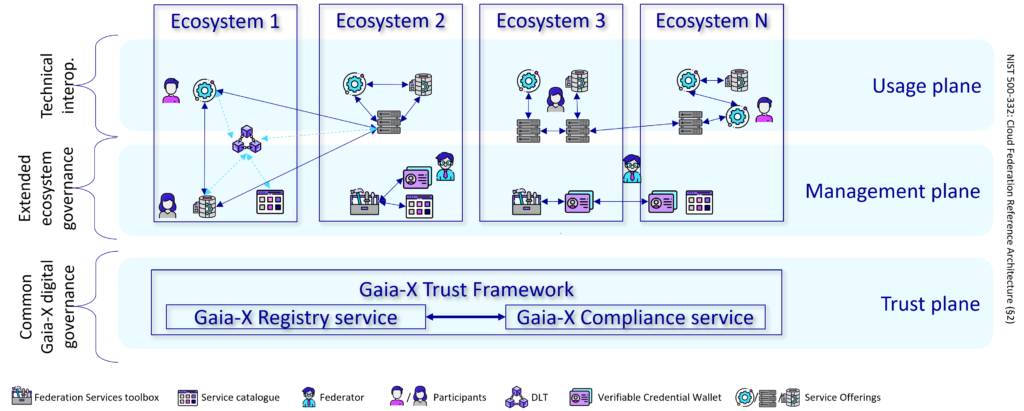
In summary, the Gaia-X Architecture defines, at a high level, how the different federated ecosystems are organized within Gaia-X, as well as the concepts involved and the relationships between them.
Conceptual Model
One of the relevant points of Gaia-X are the concepts that it identifies and defines, and that are used throughout the specification of the rest of the Gaia-X services. This conceptual model is defined within the Gaia-X architecture.
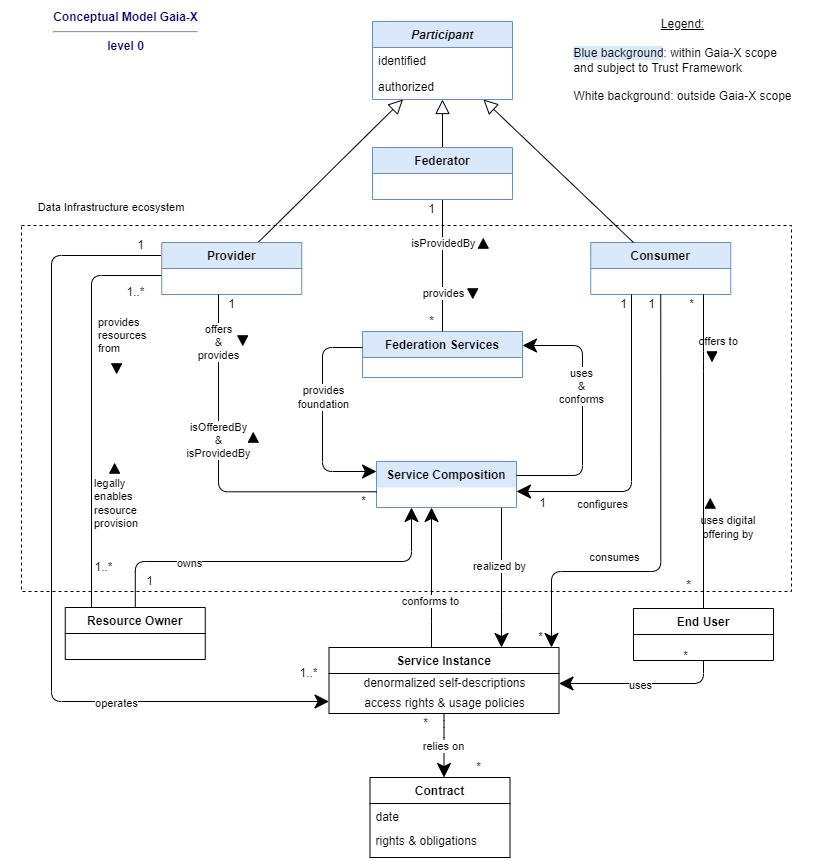
The details of all the concepts and services can be found in the specifications of the Gaia-X Conceptual Model, the Gaia-X Operational Model, the Federation Services and the Gaia-X Trust Framework.
Conclusions
Gaia-X is an initiative that is gaining momentum, especially in the countries of the European Union. Since it emerged as an initiative of the French and German Finance Ministers to promote digital sovereignty, many more countries, both within Europe and from other parts of the world, have joined the initiative and created new Hubs and projects.
Header image: Gaia-X.

